My Dear Readers,
Let us investigate a medieval fortress, frozen in time and spires of basalt. Only a 30-minute drive from my modern city center, Burg Stolpen's dramatic appearance is matched by an equally captivating history! It was sometime in the 12th century when I watched fortifications spring up here, the beginnings of this intriguing castle. Property of the Bishop of Meissen for roughly 350 years, the original construction was quite different from what you see today.
Burg Stolpen's deed was redistributed when its strategic value was realized. Under the guiding hand of the Wettin Electors of Saxony, the site was given a touch of Renaissance flair, along with augmented defenses. In 1675, the castle was further expanded to become the fortress it is today. Crafted primarily from the basalt rock that decorates its ramparts with fierce pillars, Burg Stolpen was a wonder in its time, one that still enchants today!
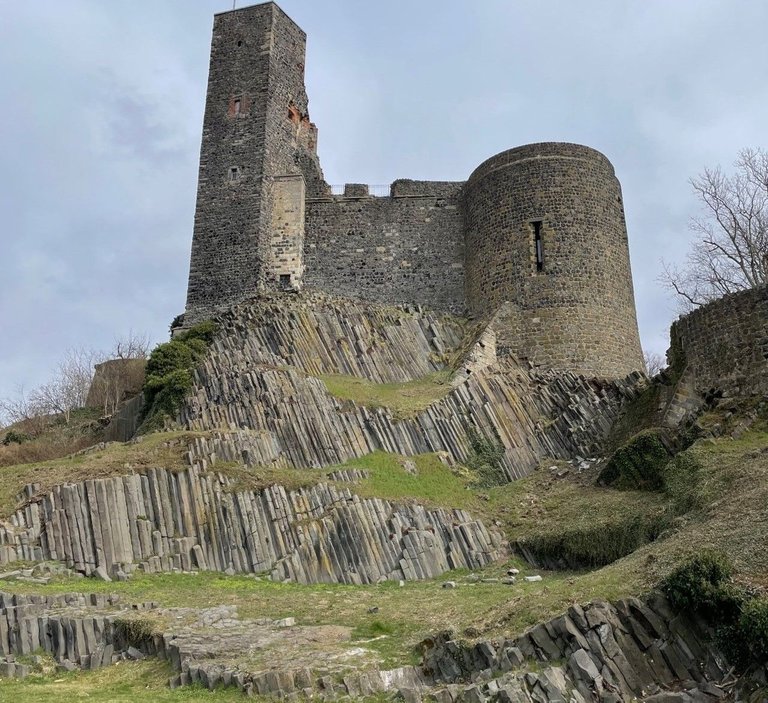
The stunning formations pictured above, along with the cultural significance of the site, have granted Burg Stolpen the title of National Geotope. A prestige gifted to a total of 77 locations in Germany, the honor is bestowed on geographically significant areas. These rare columns of basalt delight throughout the town of Stolpen, and fuse seamlessly with the walls of the castle. It is hard to believe this satisfying sight was provided by unique volcanic activity!
Over 100,000 visitors come to Burg Stolpen to stand in awe of nature's artwork each year. Yet, not all of the treasures here are visible at ground level. The castle is also home to the world's deepest unsupported basalt well! The nearly 85-meter feat was implemented by Elector Christian II, to guarantee potable hydration in times of siege. Today, the well is remarkably still active, and water is drawn from it each year during the "Castle Yard Festival".
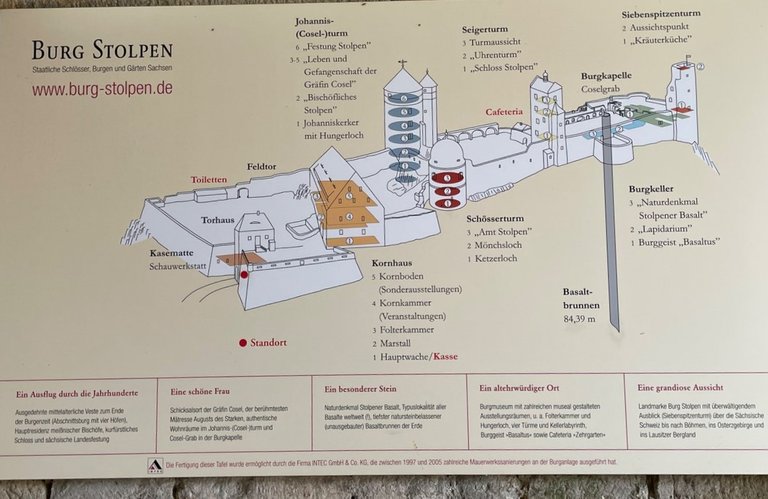
Bearing the titles Countess of Cosel, and official mistress, Anna fell from favor after a series of political missteps. Initially banished to Pillnitz Castle by Augustus the Strong, Anna was thwarted in an attempted escape to Berlin.
Leading up to her banishment, Anna and Augustus II had been inseparable. Their love affair led to the birth of three children, and spanned several years. Anna was known for her untamed nature, and in time took Augustus's affections to mean she had free reign. Between her spying, and constant interference in court matters, my son Augustus eventually agreed with his court advisors. Anna no longer had a place at his side, yet whispers say that there may have been a reason she was so bold.
The story that spread around court in these days said there may have been a secret marriage contract between the two. Gossip stated that Anna had attempted to secure documentation of this agreement in Berlin. Whatever her motivations may have been, the formerly illustrious Countess had shattered what little reputation and favor she held on to.
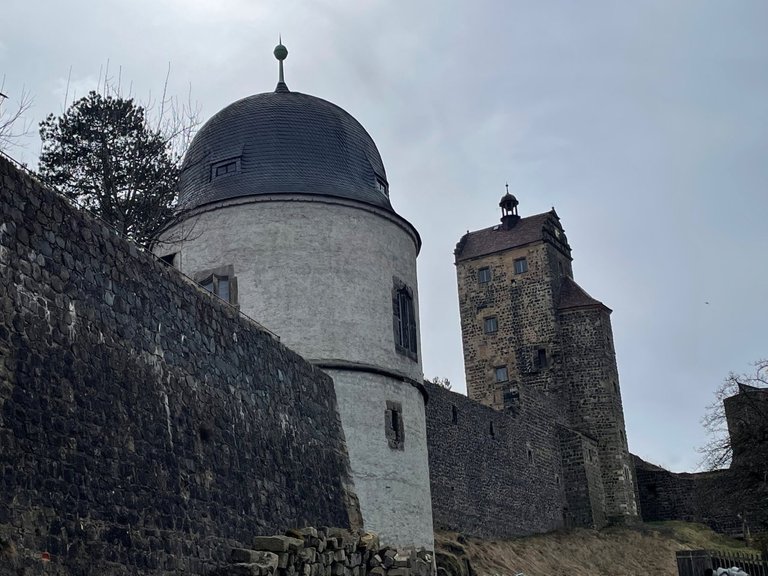
Stripped of the pleasures she was allowed within the grounds of Pillnitz Castle, a far more somber captivity would await Anna Constantia at Stolpen. The formerly wild woman would spend the next 49 years within these walls, passing away at the age of 84, many years after Augustus II.
Vast rumors surround her already interesting life, one of which says that she was offered freedom by Augustus III after 17 years of imprisonment at Stolpen. This tale states that Anna refused, on the grounds that she no longer had anything to return to outside of the fortress. She was buried in the Castle chapel, and today an exhibit dedicated to her life inhabits her former quarters.
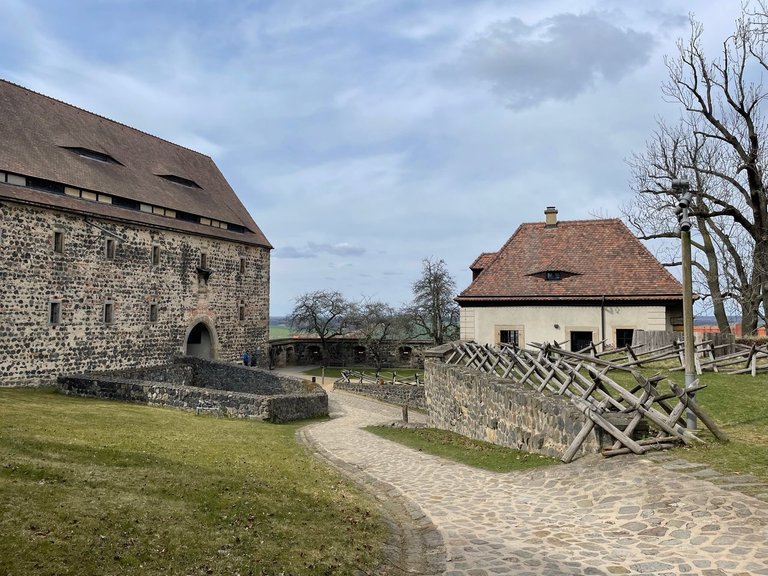
After the time of Anna Constantia, the castle and its grounds fell into disrepair. Augustus III followed in his father's footsteps, continuing to illuminate my horizon with architecturally gorgeous structures. I believe this is part of the reason Burg Stolpen became neglected, with parts of the castle eventually being demolished in 1773.
The 19th century found many of these faults being rectified in the construction, when the restoration of Stolpen became prioritized by historical societies. By the late 1800's, the fortress was safe for foot traffic again, and it was reopened to the public as a museum.
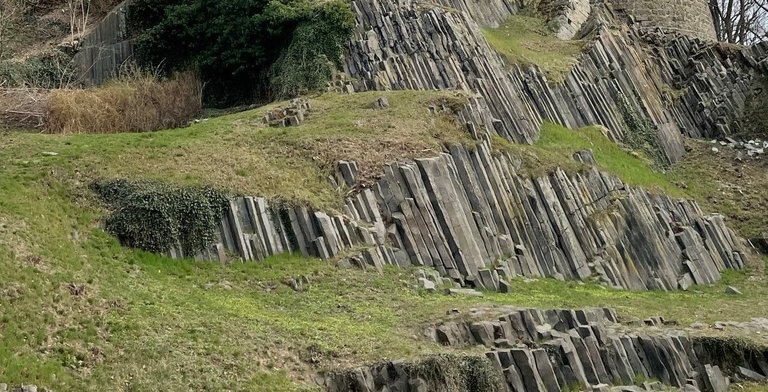
Today, visitors from all over the world come to marvel at the entrancing textures of the basalt pillars in this area. A charming village leads the way to the castle grounds, where one may take a step back into the past. A unique look into the architecture of medieval times sets the scene to explore the second half of Anna Constantia's notorious life.
Here at Burg Stolpen, one may also retrace the footsteps of the Bishops of Meissen on their way to the carefully restored chapel, and set eyes on a one-of-a-kind 12th century castle! Many come for the sights and stay for the comforts. Only a short drive from my city center, this is one of many pleasures that await you in Dresden! Join me, where history meets modern flair.
Warmest Reguards,
City of Dresden
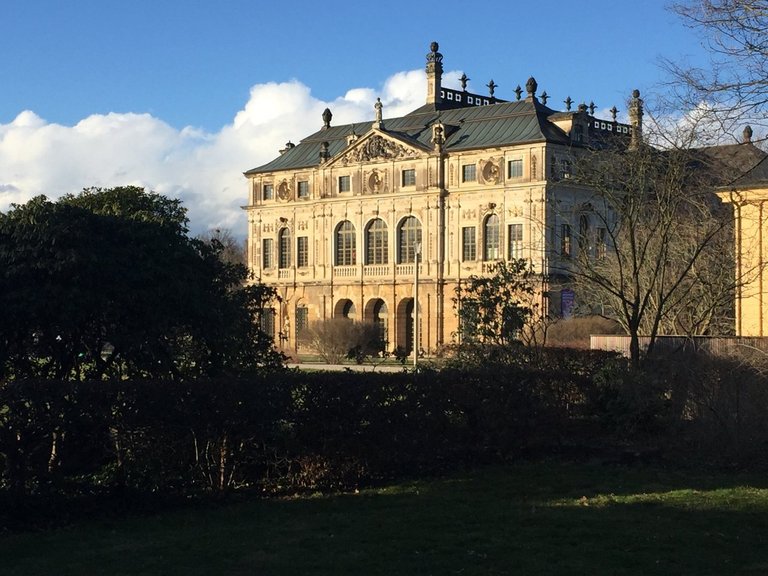 | 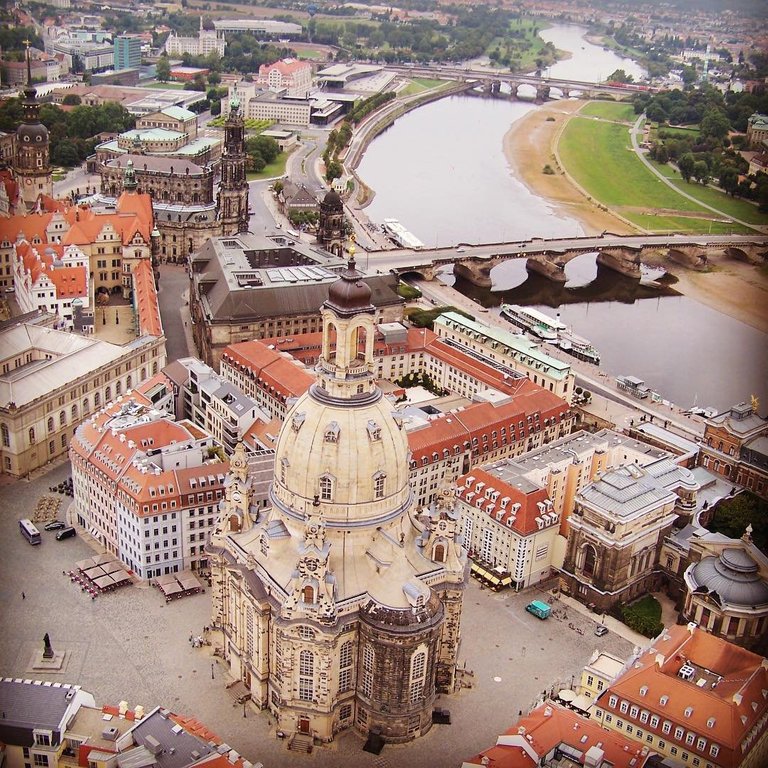 | 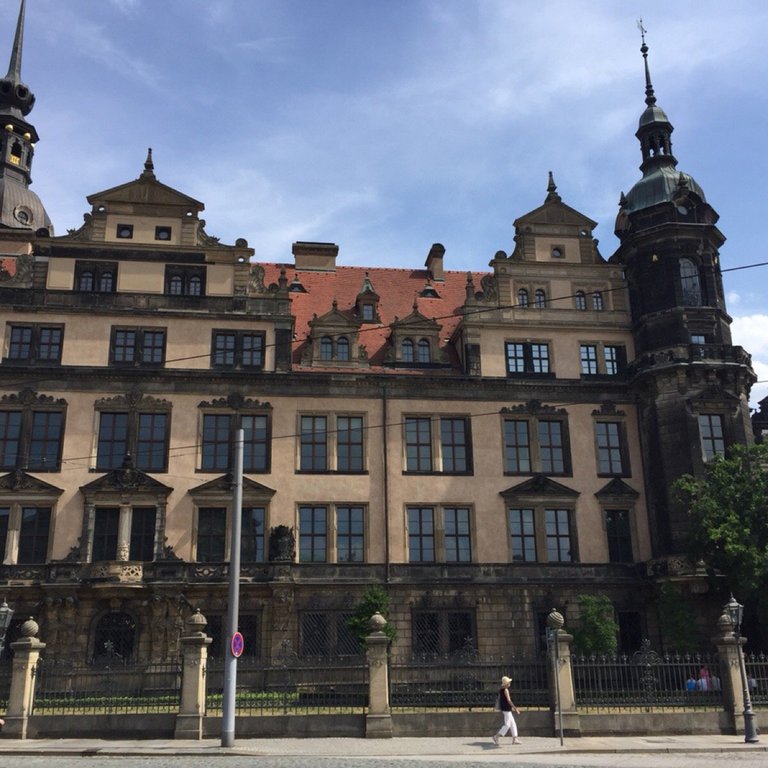 |
German Version
Sehr verehrte Leserschaft,
Lassen Sie uns eine mittelalterliche Festung untersuchen, die in der Zeit eingefroren ist, mit Türmen aus Basalt. Nur eine 30-minütige Fahrt von meinem modernen Stadtzentrum entfernt, wird die dramatische Erscheinung von Burg Stolpen von einer ebenso fesselnden Geschichte begleitet! Es war irgendwann im 12. Jahrhundert, als ich hier Befestigungsanlagen entstehen sah, die Anfänge dieser faszinierenden Burg. Rund 350 Jahre lang im Besitz des Bischofs von Meißen, war der ursprüngliche Bau ganz anders als heute.
Die Bestimmung der Burg Stolpen wurde verändert, als ihr strategischer Wert realisiert wurde. Unter der Führung der wettinischen Kurfürsten von Sachsen erhielt das Gelände einen Hauch von Renaissance-Flair und erweiterte Verteidigungsanlagen. 1675 wurde das Schloss zu der heutigen Festung ausgebaut. Hauptsächlich aus dem Basaltfelsen gefertigt, der seine Wälle mit wilden Säulen schmückt, war die Burg Stolpen zu ihrer Zeit ein Wunder, das noch heute verzaubert!

Die oben abgebildeten beeindruckenden Formationen und die kulturelle Bedeutung des Ortes haben der Burg Stolpen den Titel Nationalgeotop verliehen. Ein Prestige, das nur insgesamt 77 Standorten in Deutschland geschenkt wurde, wird die Auszeichnung an geografisch bedeutsame Gebiete verliehen. Diese seltenen Basaltsäulen erfreuen die ganze Stadt Stolpen und fügen sich nahtlos in die Mauern der Burg ein. Es ist schwer zu glauben, dass dieser befriedigende Anblick durch einzigartige vulkanische Aktivität geboren wurde!
Über 100.000 Besucher kommen jedes Jahr auf die Burg Stolpen, um die Kunstwerke der Natur zu bewundern. Doch nicht alle Schätze hier sind ebenerdig sichtbar. Die Burg beherbergt auch den tiefsten Basaltbrunnen der Welt! Das fast 85-Meter-Kunststück wurde von Kurfürst Christian II. durchgeführt, um die Trinkwasserversorgung in Belagerungszeiten zu gewährleisten. Heute ist der Brunnen bemerkenswerterweise noch aktiv, und jedes Jahr wird während des "Schlosshoffestes" Wasser aus ihm geschöpft.

Mit den Titeln Gräfin von Cosel und offizielle Mätresse fiel Anna nach einer Reihe politischer Fehltritte in Ungnade. Zunächst von August dem Starken auf Schloss Pillnitz verbannt, scheiterte Anna an einem Fluchtversuch nach Berlin.
Vor ihrer Verbannung waren Anna und August II. unzertrennlich gewesen. Ihre Liebesbeziehung führte zur Geburt von drei Kindern und dauerte mehrere Jahre. Anna war bekannt für ihre ungezähmte Natur und nahm durch Augustus' Zuneigung mit der Zeit an, dass sie freie Hand hätte. Zwischen ihrer Spionage und der ständigen Einmischung in Staatsangelegenheiten stimmte mein Sohn Augustus schließlich mit seinen Hofberatern überein. Anna hatte keinen Platz mehr an seiner Seite, aber Gerüchte sagen, dass es einen Grund gegeben haben könnte, warum sie so mutig war.
Die Geschichte, die sich in den Tagen der Gerichtsverhandlung verbreitete, besagt, dass es möglicherweise einen geheimen Ehevertrag zwischen den beiden gegeben habe. Der Klatscch behauptete, Anna habe versucht, die Dokumentation dieser Vereinbarung in Berlin zu sichern. Was auch immer ihre Beweggründe gewesen sein mögen, die ehemals berühmte Gräfin hatte Ihren Ruf und Ihre Gunst bei Hof endgültig zerstört.

Ohne die Freuden, die ihr auf dem Gelände von Schloss Pillnitz erlaubt waren, erwartette Anna Constantia in Stolpen eine weitaus düsterere Gefangenschaft. Die ehemals wilde Frau verbrachte die nächsten 49 Jahre innerhalb dieser Mauern und starb im Alter von 84 Jahren, viele Jahre nach August II.
Um ihr bereits interessantes Leben ranken sich viele Gerüchte, von denen eines besagt, dass ihr nach 17 Jahren Haft in Stolpen von August III. die Freiheit angeboten wurde. Diese Geschichte besagt, dass Anna sich weigerte, mit der Begründung, dass sie außerhalb der Festung nichts mehr hatte, wohin sie zurückkehren konnte. Sie wurde in der Schlosskapelle begraben, und heute wird eine ihrem Leben gewidmete Ausstellung in ihrem ehemaliges Quartier gezeigt.

Nach der Zeit von Anna Constantia verfielen das Schloss und sein Gelände. August III. trat in die Fußstapfen seines Vaters und schmückte meinen Horizont weiterhin mit architektonisch wunderschönen Strukturen. Ich glaube, das ist einer der Gründe, warum die Burg Stolpen vernachlässigt wurde und Teile der Burg schließlich 1773 abgerissen wurden.
Im 19. Jahrhundert wurden viele dieser Mängel im Bau behoben, als die Restaurierung von Stolpen von historischen Gesellschaften priorisiert wurde. In den späten 1800er Jahren war die Festung wieder sicher für den Fußgängerverkehr und wurde als Museum wieder für die Öffentlichkeit zugänglich gemacht.

Heute kommen Besucher aus aller Welt, um die bezaubernden Texturen der Basaltsäulen in dieser Gegend zu bestaunen. Ein charmantes Dorf ist dem Schlossgelände vorgelagert, in dem man leicht einen Schritt in die Vergangenheit machen kann. Ein einzigartiger Einblick in die Architektur des Mittelalters bildet die Kulisse, um die zweite Hälfte von Gräfin Cosel's berüchtigtem Leben zu erkunden.
Hier auf der Burg Stolpen kann man auch den Spuren der Bischöfe von Meißen auf ihrem Weg zur sorgfältig restaurierten Kapelle folgen und ein einzigartiges Schloss aus dem 12. Jahrhundert erblicken! Viele kommen wegen der Sehenswürdigkeiten und bleiben für den Komfort. Nur eine kurze Fahrt von meiner Innenstadt entfernt, ist dies eine von vielen Freuden, die Sie in Dresden erwarten! Begleiten Sie mich, wo Geschichte auf modernes Flair trifft.
Herzliche Grüße,
Ihre Stadt Dresden
[//]:# (!pinmapple 51.04792 lat 14.08390 long d3scr)
 |  |  |
What beautiful artwork.One of a kind! Thanks for sharing.
Good day, madame! I am honored to receive your esteemed comment regarding the burg Stolpen near the City of Dresden.
Allow me to extend my gratitude for your kind words, and I am pleased to know that you appreciate the splendor of Burg Stolpen. I wholeheartedly agree with your assessment, as the it truly offers a unique and unforgettable experience for all who visit.
It is my hope that more and more people will come to appreciate the City of Dresden, and that its rich cultural heritage will continue to be preserved for generations to come. I wish you all the best on your future endeavors and look forward to hearing from you again soon.
With my warmest regards,
the city-of-dresden
I hope I can visit that place...Im in the Philipines it takes a long journey to visit the city Thanks to your blog cause I had a virtual tour around the city.Thank you and more powe,!
Congratulations, your post has been added to Pinmapple! 🎉🥳🍍
Did you know you have your own profile map?
And every post has their own map too!
Want to have your post on the map too?
Discord Server.This post has been manually curated by @steemflow from Indiaunited community. Join us on our
Do you know that you can earn a passive income by delegating to @indiaunited. We share more than 100 % of the curation rewards with the delegators in the form of IUC tokens. HP delegators and IUC token holders also get upto 20% additional vote weight.
Here are some handy links for delegations: 100HP, 250HP, 500HP, 1000HP.
100% of the rewards from this comment goes to the curator for their manual curation efforts. Please encourage the curator @steemflow by upvoting this comment and support the community by voting the posts made by @indiaunited.
The rewards earned on this comment will go directly to the people( @no-advice ) sharing the post on Twitter as long as they are registered with @poshtoken. Sign up at https://hiveposh.com.
Awesome combination of architecture and beauty of nature.
Jeez...
Sehr schöne Burg 👍
Daily Travel Digest #1773.
Become part of our travel community:
- Join our Discord
- Learn more about our travel application
Hiya, @choogirl here, just swinging by to let you know that this post made it into our Honourable Mentions in Your post has been manually curated by the @pinmapple team. If you like what we're doing, please drop by to check out all the rest of today's great posts and consider supporting other authors like yourself and us so we can keep the project going!Wow beautiful